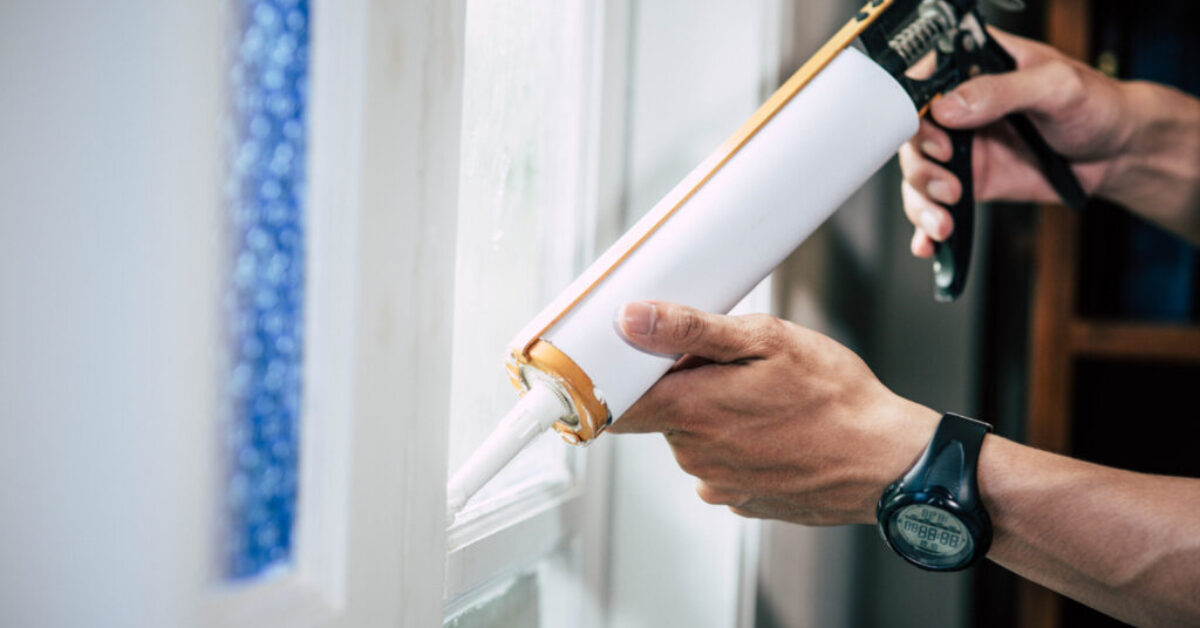Understanding the Role of Mastic Sealant in Energy Efficiency
When it comes to making homes in the UK more energy-efficient, mastic sealant plays an often-overlooked yet vital role. Applied around windows, doors, and various joints, mastic sealant helps reduce drafts, enhance insulation, and ultimately lower energy costs. By sealing gaps and leaks, mastic sealant prevents heat loss in colder months and maintains a comfortable indoor environment, all while easing the strain on heating and cooling systems.
This article explores how mastic sealant contributes to energy efficiency, along with practical tips to help you achieve optimal results in your own home.
What is Mastic Sealant and Why is it Essential for Energy Efficiency?
Mastic sealant is a versatile, adhesive material commonly used in construction to create airtight seals around joints, frames, and fixtures. Flexible and durable, it’s ideal for areas around windows and doors where minor shifts and expansion occur over time. A properly applied mastic sealant acts as a barrier to outside air, preventing drafts that can lead to higher heating and cooling demands. The result? Improved insulation and better-regulated indoor temperatures without overburdening the energy system.
Given that UK homes are exposed to diverse weather patterns, from chilly winters to unpredictable rainy seasons, keeping indoor air sealed and warm becomes paramount for energy efficiency. By using mastic sealant to close gaps in critical areas, homeowners can save on energy bills while contributing to a more sustainable home environment.
How Mastic Sealant Reduces Drafts and Heat Loss
One of the primary ways mastic sealant improves energy efficiency is by reducing drafts. Drafts are pockets of unwanted air that seep into a home through gaps around windows and doors. Not only can they make your home feel colder, but they also force heating systems to work harder to maintain a comfortable temperature, leading to higher energy consumption.
Where to Apply Mastic Sealant to Prevent Drafts:
-
Window Frames: Gaps between the window frame and the wall are common sources of drafts. Applying mastic sealant here can significantly reduce unwanted air infiltration.
-
Door Frames: Similar to windows, door frames can shift over time, creating small gaps where cold air can enter. Sealing these spaces with mastic sealant keeps rooms warmer.
-
External Wall Joints: Any external joint or opening where different materials meet (such as between bricks and window frames) can be susceptible to air leakage. Sealing these areas helps protect your home from cold air seeping in.
By targeting these areas with mastic sealant, you create a reliable barrier against outdoor air, helping to insulate your home. This controlled environment keeps your heating system from overworking, which means less energy use and reduced bills.
Mastic Sealant’s Role in Improving Insulation
While insulation materials are typically found within walls and roofs, mastic sealant provides a complementary layer of insulation, acting as a protective barrier against air and moisture. This added layer of insulation helps maintain your home’s temperature and protects existing insulation from moisture damage. Proper insulation makes a significant difference to energy efficiency, as heat is retained more effectively during winter and kept out in summer.
Why Insulation Matters in UK Homes:
The UK’s cold winters mean heating is often a significant household expense, making insulation a priority for energy savings. Homes that aren’t properly sealed around doors, windows, and wall joints can lose heat quickly, causing occupants to turn up the heat unnecessarily. By using mastic sealant strategically, you ensure that existing insulation isn’t compromised by drafts or moisture, boosting your home’s thermal efficiency.

Enhancing Energy Savings with Mastic Sealant
In addition to making your home more comfortable, using mastic sealant effectively can reduce your carbon footprint. With less energy needed to heat or cool your home, you’ll consume fewer resources, aligning with the UK’s goals for energy conservation and sustainability.
How Much Can You Save?
While actual savings depend on the size of the property and the extent of drafts, sealing gaps with mastic sealant can reduce heating bills by up to 10%. As energy costs in the UK continue to rise, addressing even small areas with sealant can add up to significant savings over time.
DIY vs. Professional Application of Mastic Sealant
While it may be tempting to handle mastic sealant application yourself, a professional touch often yields the best results, especially in critical areas where proper sealing is essential for energy efficiency. Hiring a professional mastic man ensures that the application is done correctly, which is especially valuable for those who might be less experienced with sealant work.
Benefits of Hiring a Professional:
- Expertise in Proper Application: Professionals know how to achieve a tight, even seal that will endure for years.
- Efficient Use of Materials: Properly applied sealant lasts longer and provides a stronger bond.
- Long-Term Energy Savings: A professionally sealed home ensures consistent energy savings over time.
For larger or older homes, or properties with more complicated areas to seal, investing in a professional mastic application can be well worth the cost for the long-term savings on energy bills.
Tips for Maintaining Mastic Sealant
Once applied, mastic sealant requires minimal maintenance, but checking it periodically can help prevent any issues:
Inspect Regularly for Gaps or Cracks:
Clean the Sealed Areas Gently:
Replace When Needed:
Mastic Sealant as a Key to Energy Efficiency
In today’s energy-conscious world, even small steps like using mastic sealant around windows and doors can make a significant difference to a home’s energy efficiency. By sealing drafts and bolstering insulation, mastic sealant helps UK homeowners create a comfortable, sustainable living environment while cutting down on heating and cooling expenses. Whether opting for a DIY project or bringing in a professional, prioritising proper application and regular maintenance will ensure that you enjoy the full benefits of this simple yet powerful tool for years to come.




